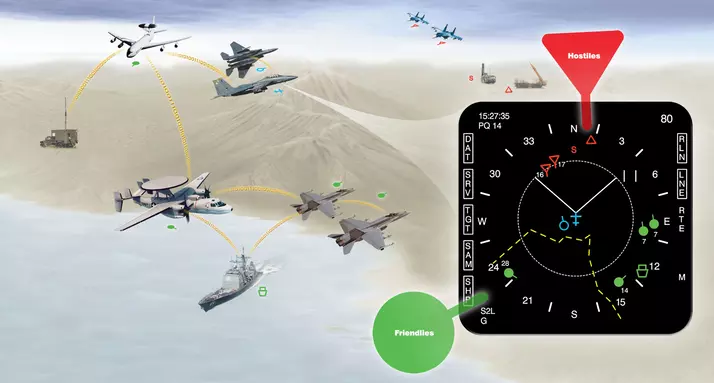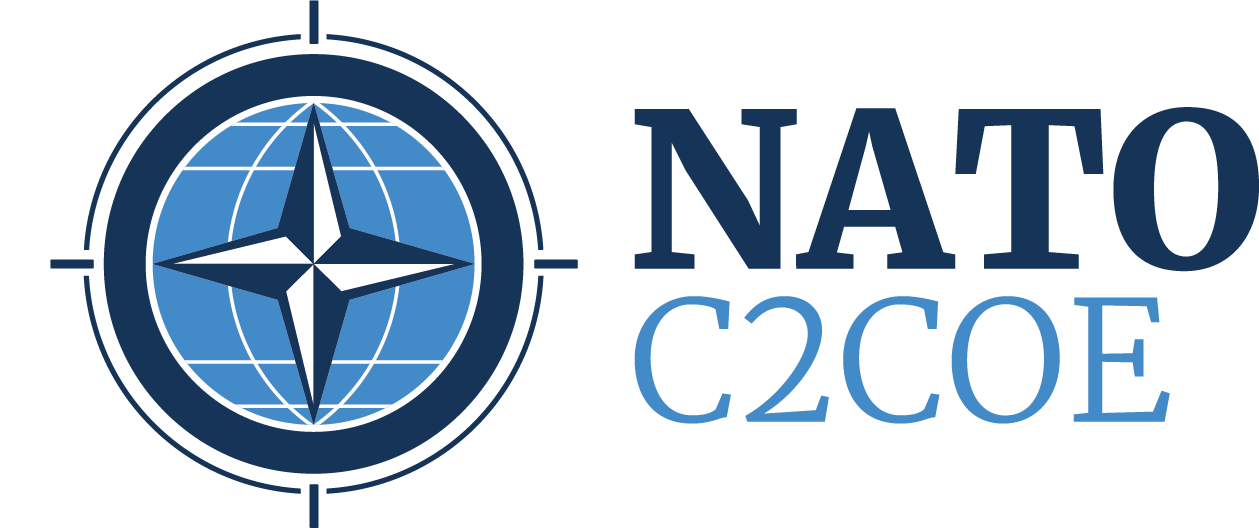Linking the Frontline: NATO’s Push for Interoperable Tactical Data Links in CEE
As NATO strengthens its eastern flank, interoperability is essential. With increased deployments in Poland and the Baltics, the alliance is fast-tracking modernization and standardization of tactical data links—centered on Link 16—across forces, platforms, and commands.
Link 16: Backbone of Tactical Connectivity
Link 16, NATO’s standardized tactical data link, provides secure, jam-resistant, high-speed communications across air, land, and sea platforms. From F-35s to NASAMS to mobile artillery systems, Link 16 enables real-time sharing of targeting, tracking, and command data between allied units.
But while the protocol itself is standardized, implementation across member states often isn’t.
In Poland, Lithuania, and Estonia — where NATO battlegroups are now reinforced by U.S., German, British, and Nordic units — integration delays, outdated encryption modules, and platform-specific bottlenecks have led to gaps in situational awareness and command latency during joint exercises.
For related insights on BAE System's autonomous Multi-Domain Operations systems read more here on grosswald.org:

Modernization on the Move
To address these vulnerabilities, NATO’s Communications and Information Agency (NCIA) and the U.S. Defense Information Systems Agency (DISA) have initiated fast-track upgrades to Link 16 terminal software and crypto modules under the STT (Small Tactical Terminal) and MIDS-JTRS modernization programs.
In 2024, Poland finalized procurement for Link 16 integration into its Krab howitzers and new FA-50 light attack aircraft, while Lithuania began upgrading its air defense network nodes to enable full JTIDS / MIDS interoperability.
Meanwhile, the Baltic Defence College in Tartu now runs Link 16 coordination training as part of its advanced command curriculum — building common operational language at the doctrinal level.
Beyond Radios: Securing the Spectrum
Technical interoperability is only part of the equation. With Russian EW activity intensifying in Kaliningrad and Belarus, NATO has turned increasing attention to spectrum resilience and COMSEC protocol harmonization.
The newly updated NATO Crypto Modernization Program (NCMP) calls for:
- Unified crypto key distribution across joint task forces
- Enhanced ECCM (Electronic Counter-Countermeasures) in contested airspaces
- Upgraded waveform support for dynamic, cross-domain operations
Germany’s Bundeswehr recently completed testing of a “silent relay node” linking Tornado and Eurofighter aircraft with mobile ground units using Link 16 in low-power stealth mode — a step toward resilient battlefield mesh networks.
Interoperability as Deterrence
As NATO transitions from assurance to deterrence posture along the eastern flank, data link interoperability is becoming a frontline capability.
From the Suwałki Gap to the Baltic Sea, ensuring that Romanian air defense batteries can “talk” to Norwegian F-35s or U.S. HIMARS units deployed in Poland isn’t just technical optimization — it’s operational necessity.
“In a high-speed conflict, latency kills,” elaborated one subject matter expert familiar with C2 planning. “And interoperability is how one kills latency.”

Looking Ahead: Common Picture, Common Action
The next phase in NATO’s digital evolution will focus on cross-network fusion — enabling data links like Link 16, Link 22 (naval), and national systems like Poland’s TOPAZ or Germany’s FüInfoSys to interconnect without human middleware.
Until then, NATO’s efforts to standardize and secure tactical connectivity across Eastern Europe represent not just digital modernization — but the backbone of coalition readiness.







